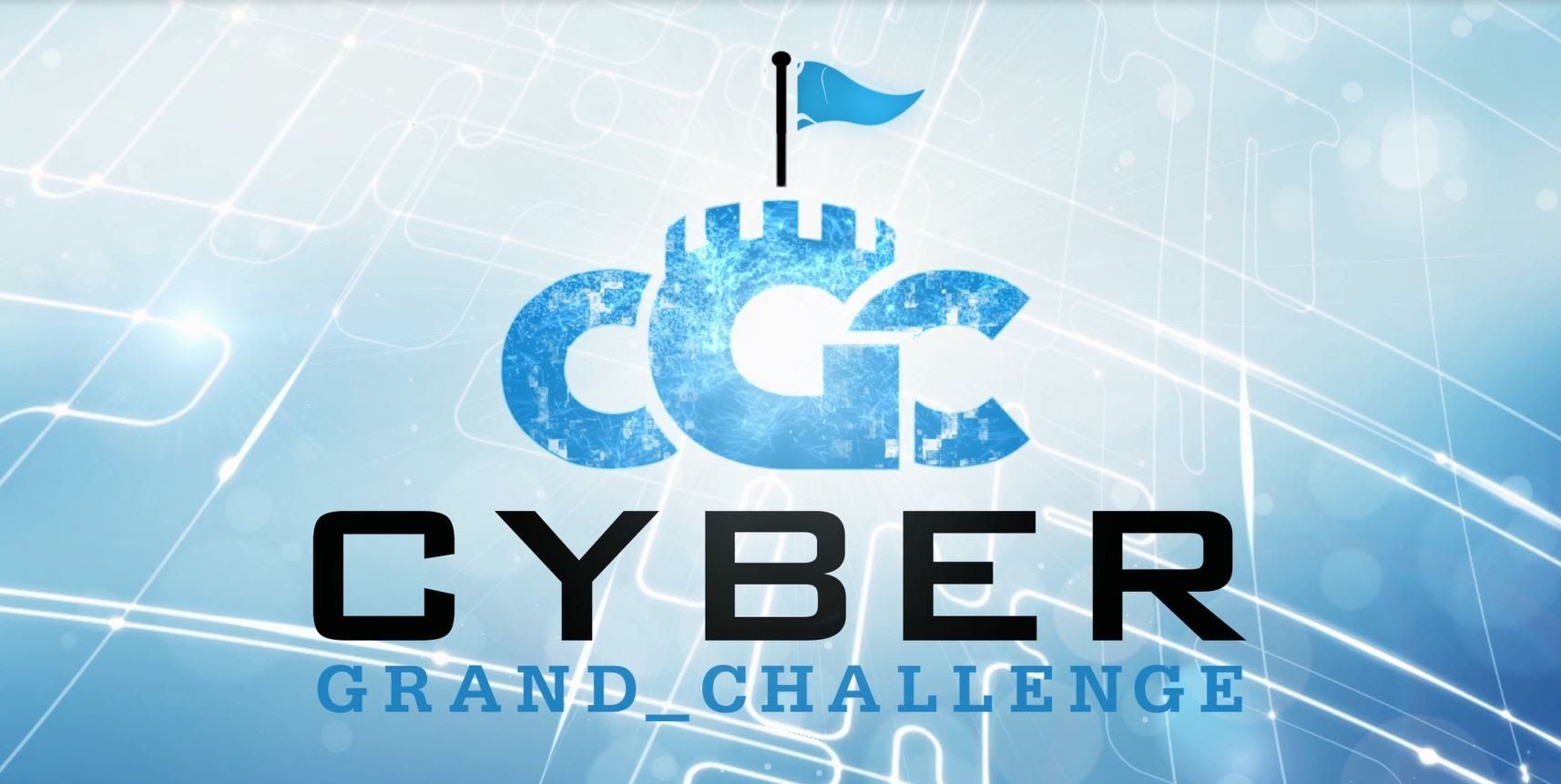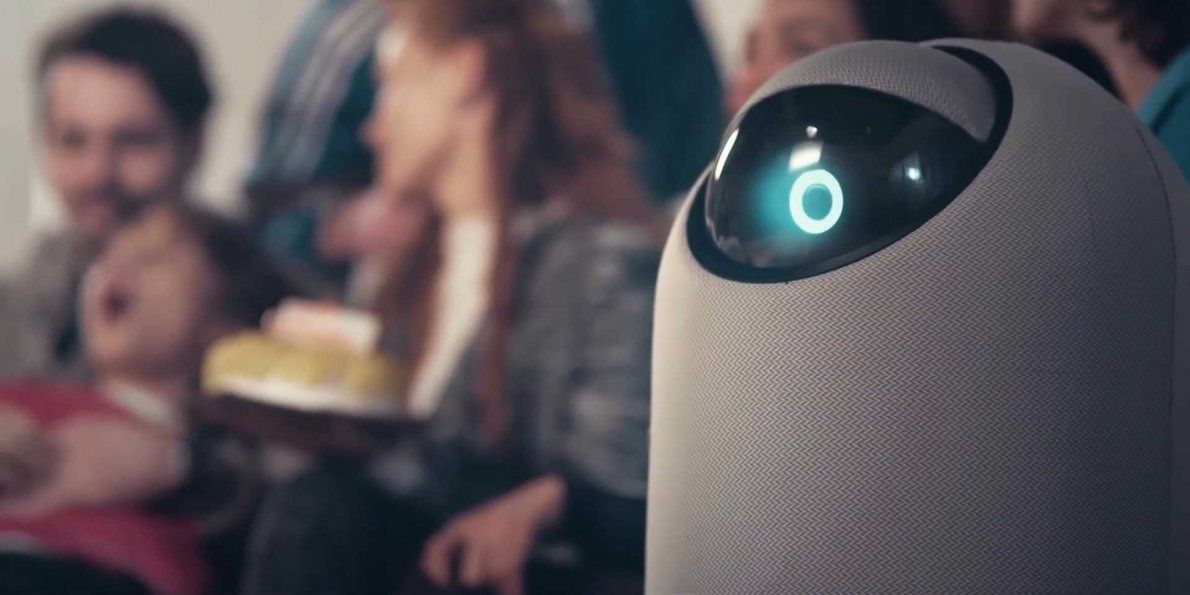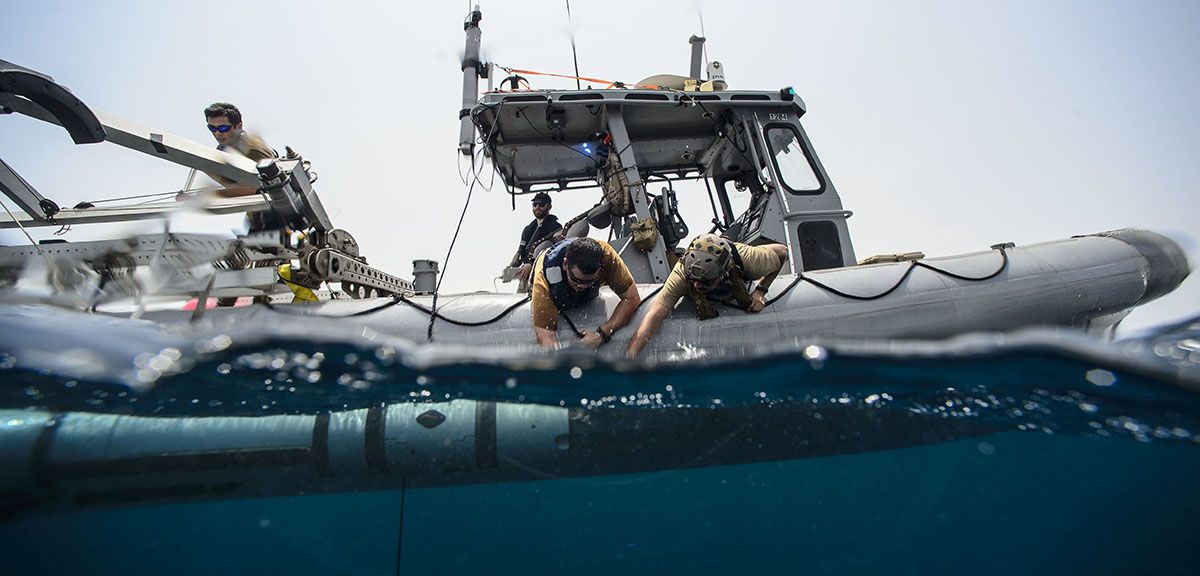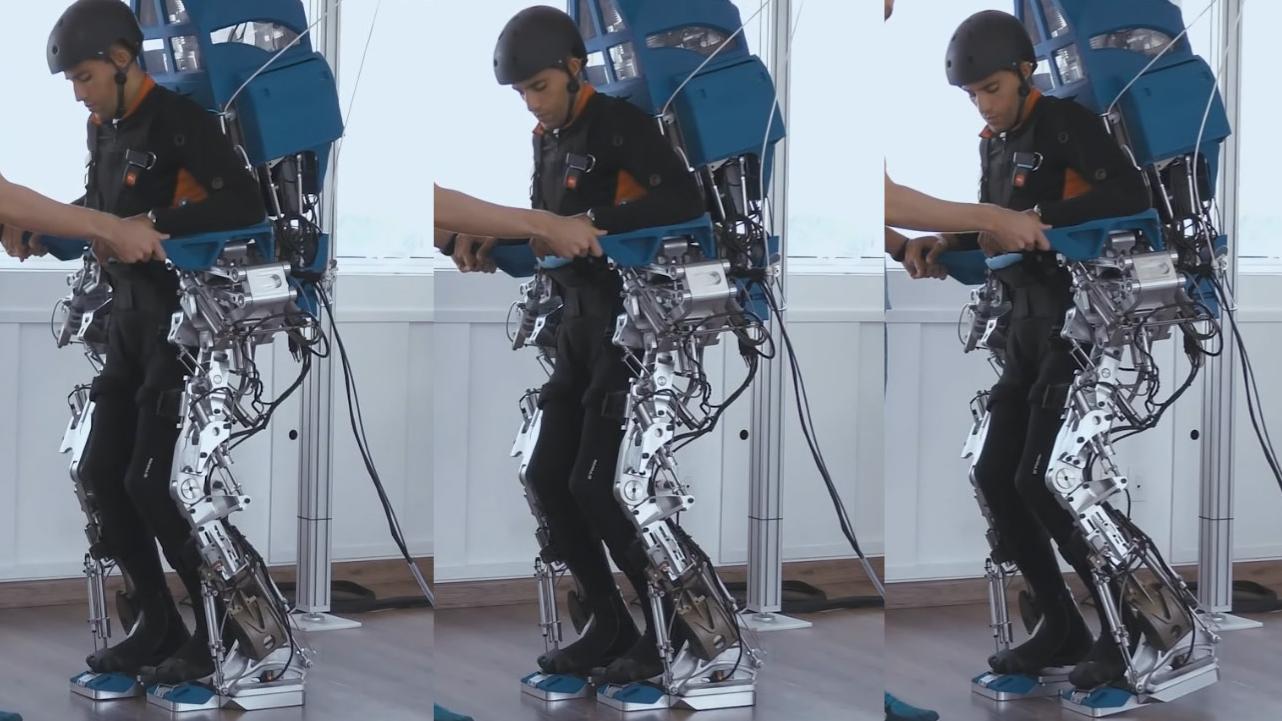Archive for the ‘robotics/AI’ category: Page 2271
Aug 13, 2016
DeepDrive: People at research labs are supposedly playing around with testing their AI’s in current gen
Posted by Dan Kummer in categories: entertainment, neuroscience, robotics/AI

Video games. The last i heard AI had been up to playing and Mastering Atari 2600 games, and that was a few years ago. Figured it was only a matter of time til they started playing around with current gen stuff.
Neural net driving in GTAV — View all crizcraig’s Rockstar Editor videos at http://socialclub.rockstargames.com/member/crizcraig
Aug 13, 2016
This robot butler is like your own personal R2-D2
Posted by Dan Kummer in category: robotics/AI
Aug 13, 2016
Boston Dynamics: On a mission to build the most advanced robots on earth
Posted by Karen Hurst in categories: engineering, robotics/AI

Hey Boston Dynamics why don’t you team up with D-Wave and/ or Google’s QC work in building your advance robot because everyone knows that the real magic in robotics and other AI isn’t going to be realized until QC is implemented as part of the under lying technology.
Boston Dynamics is an engineering company that specializes in building dynamic robots and software for human simulation. You know doubt know of them from the many videos they produce. One of the more recent ones is below:
Continue reading “Boston Dynamics: On a mission to build the most advanced robots on earth” »
Aug 13, 2016
The White House’s new Messenger bot lets citizens send notes to President Obama — By Sarah Perez | TechCrunch
Posted by Odette Bohr Dienel in categories: government, robotics/AI
“Sending a letter to the White House is getting a digital upgrade … In addition to accepting hand-written missives by postal mail and emails, the public can now send a note to President Obama via Facebook.”
Aug 11, 2016
DARPA Wants Artificial Intelligence To Explain Itself
Posted by Karen Hurst in category: robotics/AI
If humans can’t understand why AI systems make certain decisions, they probably won’t trust them.
Aug 11, 2016
DARPA builds pop-up liquid cooled data center in 29 hours
Posted by Karen Hurst in categories: robotics/AI, security

Got visitors coming in 2 days to check out your IT operations and need a data center popped up quickly to show off in front of the potential customers; well, now you can do it in 29 hours.
Defense team sets up AI-based security for the Cyber Grand Challenge.
Continue reading “DARPA builds pop-up liquid cooled data center in 29 hours” »
Aug 11, 2016
Long-term brain-machine interface use could lead to recovery in paraplegic patients
Posted by Karen Hurst in categories: biotech/medical, cyborgs, engineering, neuroscience, robotics/AI
I know so many people who will benefit from this.
During the 2014 FIFA World Cup opening ceremony, a young Brazilian man, paralyzed from the chest down, delivered the opening kickoff. He used a brain-machine interface, allowing him to control the movements of a lower-limb robotic exoskeleton.
This unprecedented scientific demonstration was the work of the Walk Again Project (WAP), a nonprofit, international research consortium that includes Alan Rudolph, vice president for research at Colorado State University, who is also an adjunct faculty member at Duke University’s Center for Neuroengineering.
Aug 11, 2016
Paralysed patients move limbs after virtual reality training
Posted by Carse Peel in categories: biotech/medical, cyborgs, neuroscience, robotics/AI, virtual reality
Eight completely paralysed people have regained function in their limbs following virtual reality training, in an accidental result that has astonished even the scientists involved.
Using a brain-machine interface, scientists showed that people with long-term severe paralysis could retrain the few remaining connections in their damaged spines, letting their brains talk to their extremities once more. This enabled them to feel sensation, move their limbs and improved their bladder and bowel control.
The results came about as a wholly unexpected side effect of training to help people use robotic exoskeletons, which let them walk upright.
Continue reading “Paralysed patients move limbs after virtual reality training” »
Aug 10, 2016
AI for President
Posted by Zoltan Istvan in categories: engineering, geopolitics, robotics/AI, transhumanism
This is a comprehensive and critical write-up on some of my policies by some leading researchers and thinkers. It’s from the magazine website of the IEEE, the world’s largest professional organization devoted to engineering and the applied sciences. Naturally, people in the field of science and engineering are some of the most difficult to please, since they are such critical thinkers (which is precisely why I like them so much):
When a transhumanist runs for president, what does that mean for society?














